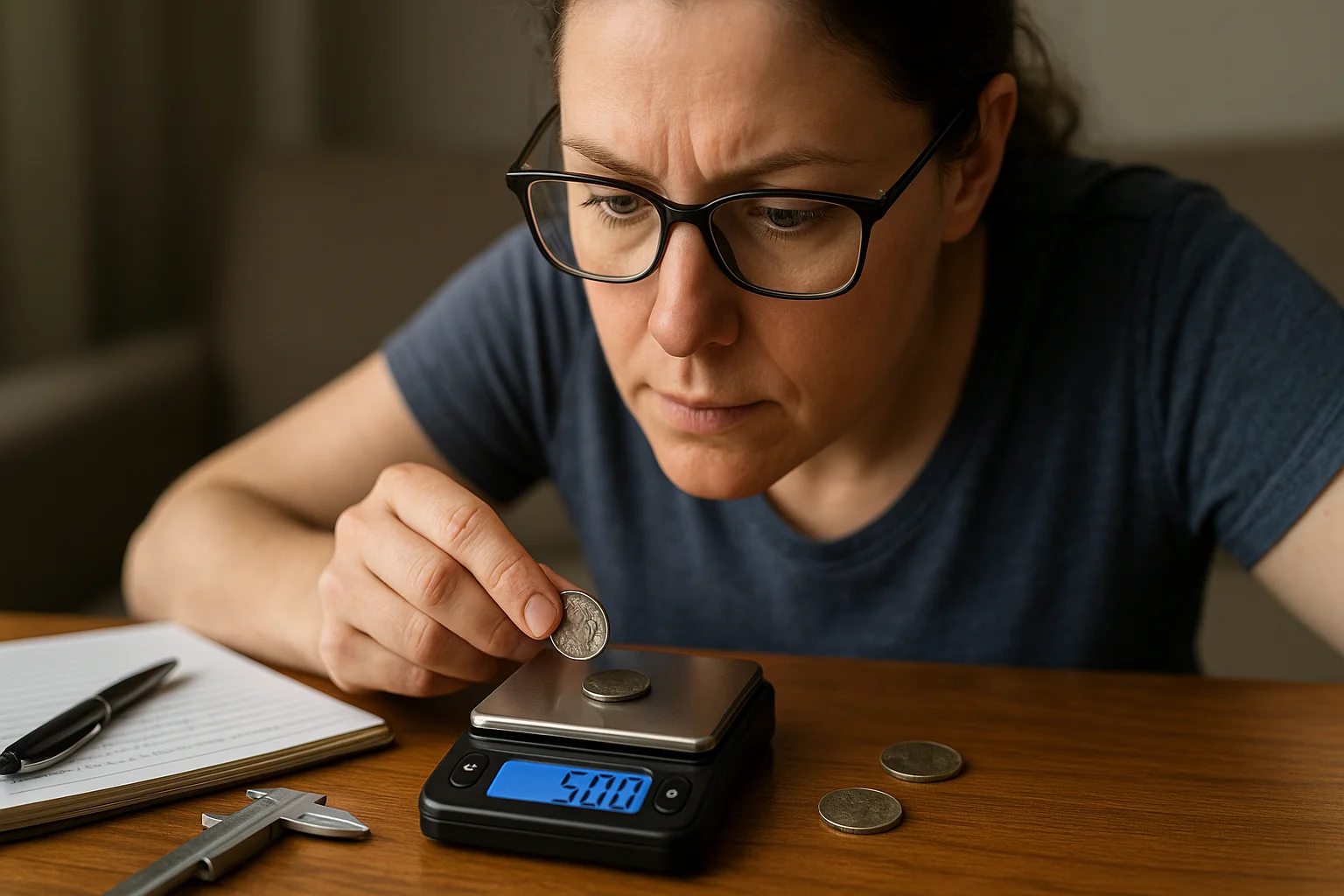1935 Buffalo Nickel Collector’s Guide: History, Value, and Expert Tips
The 1935 buffalo nickel is known as one of the later issues in one of America’s most iconic coin series. In fact, by 1935, this design was already well known to people across the country, but it still featured artistic expression and boldness that marked it out from other coins of the time. Right now this nickel can also be a thing of interest for collectors for some reasons: an appealing mix of historical relevance, distinctive design, and potential value (even in well-circulated condition).
So, today we would like to discuss the coin’s origins, the era that shaped it, and the details that make it worth adding to a collection. Along the way, you’ll find practical tips for identifying varieties, spotting rare examples, and understanding how condition affects value — knowledge that can make the difference between owning a common five-cent piece and holding a true collectible.

The Story Behind the 1935 Buffalo Nickel
The Buffalo Nickel series was introduced in 1913, replacing the Liberty Head nickel, with a design that immediately stood out from anything the U.S. Mint had produced before. Created by sculptor James Earle Fraser, it showed two powerful national symbols: a Native American profile on the obverse and an American bison on the reverse. Fraser based the portrait on a combination of features from three Native American chiefs he sketched during his career, while the bison was modeled after Black Diamond, a well-known resident of the Central Park Zoo.
By the time the 1935 issue was struck, the coin had been in production for over two decades and was firmly embedded in everyday American life. However, the United States was still feeling the economic aftershocks of the Great Depression, and coins like the buffalo nickel played a key role in daily transactions.
Several factors make the 1935 edition noteworthy:
Later-year production – As one of the final years before the series ended in 1938, it benefits from refined striking techniques compared to earlier dates.
Historical timing – Minted during a period of gradual economic recovery, it reflects both the challenges and resilience of the era.
Enduring appeal – The coin’s uniquely American design continues to attract collectors, making it a popular target in both circulated and high-grade forms.
Together, these elements give the 1935 buffalo nickel a lasting place in numismatic history. It’s not just a date in a coin series — it’s a snapshot of America in transition, captured in copper and nickel.
Design and Specifications of the 1935 Buffalo Nickel
The 1935 buffalo nickel carries all the signature elements of Fraser’s celebrated design. On the obverse, the Native American profile is bold and lifelike, with details in the hair, braids, and feathers. The date appears just below the neck, making it vulnerable to wear, which is why so many circulated examples have a faint or missing date.
The reverse shows the powerful stance of an American bison standing on a raised mound. The words UNITED STATES OF AMERICA curve above, while E PLURIBUS UNUM rests just above the animal’s back. Below its hooves is the denomination FIVE CENTS, and just under that, if present, the mint mark (“D” for Denver or “S” for San Francisco) can be found. Philadelphia-minted coins carry no mint mark.
Key characteristics:
Composition: 75% copper, 25% nickel
Diameter: 21.2 mm
Weight: 5.0 grams
Edge: Plain (no reeding)
These specifications have remained consistent throughout the Buffalo Nickel series, but collectors know that weight and size are easy checkpoints to verify authenticity.
Collector’s Tip: A quick measurement with a digital caliper and a precision scale can help weed out counterfeits. Even slight deviations in weight may be a red flag, especially in high-grade or rare-variety coins.
Varieties and Mint Marks
You know that not all 1935 buffalo nickels are equal and knowing where a coin was minted can make a big difference in its value. In 1935, the U.S. Mint produced buffalo nickels at three locations:
Philadelphia (no mint mark) – The main mint, producing the largest share of coins for this year.
Denver (“D”) – Coins with this mint mark are less common than Philadelphia issues, but still widely available.
San Francisco (“S”) – These are generally harder to find in high grades and tend to sell for a premium among collectors.
Collector’s tip: High-grade San Francisco issues from 1935 are scarcer because many went into heavy circulation on the West Coast, where they wore down faster. If you find one with strong details, it is worth a closer look.
Condition of the Nickel and Its Impact on Value
The value of any 1935 buffalo nickel depends heavily on its condition. Collectors and dealers use grading terms to describe a coin’s wear and detail.Below is a simplified table for your reference:
Grade | Description | Approximate Value* |
Good (G) | Heavy wear, major details flat, date may be faint | $1–$2 |
Fine (F) | Moderate wear, some details visible, date readable | $2–$4 |
Very Fine (VF) | Moderate wear on high points, most details clear | $4–$7 |
Extremely Fine (XF) | Light wear, strong details | $8–$15 |
About Uncirculated (AU) | Very slight wear, nearly mint luster | $15–$25 |
Mint State (MS) | No wear, full details, original luster | $30–$100+ |
*Values are approximate and can vary based on mint mark and market demand.
Wear plays a big role in these grades. On buffalo nickels, the date is one of the first details to fade, so coins with a sharp, clear date are always more desirable.
Tip: Hold the coin under a strong light at an angle. This “side lighting” often reveals faint details that can help you decide if it is worth grading or selling at a premium.
Rare Varieties and Minting Errors
While most 1935 buffalo nickels are straightforward, a few rare varieties and minting errors can boost value dramatically. The most notable include:
Doubled Die – Letters or numbers appear doubled, especially in the date or legends.
Off-Center Strikes – Part of the design is missing because the coin was not centered properly during striking.
Die Cracks – Raised lines caused by breaks in the die, adding unique character to a coin.
Auction results show that certain doubled die or high-percentage off-center 1935 nickels can sell for $100–$500 or more, depending on condition. Even coins with moderate wear can be valuable if the error is interesting and clear.
Collector’s tip: Always inspect both sides of the coin closely. Many errors are visible without magnification, but a simple 5x or 10x loupe can make spotting them much easier — and potentially very rewarding.

How to Identify and Evaluate Your Coin
Knowing how to properly identify and evaluate your 1935 buffalo nickel can make the difference between owning a common five-cent coin and discovering a hidden treasure. Here’s a simple step-by-step process anyone can follow:
Check the date – Make sure the year “1935” is fully visible. On heavily worn nickels, the date can fade or disappear completely, which lowers value.
Look for the mint mark – Flip the coin to the reverse and check just under the words FIVE CENTS. No letter means Philadelphia, “D” means Denver, and “S” means San Francisco.
Assess the condition – Compare your coin’s wear and detail with a basic grading chart. Focus on areas like the hair braid, the bison’s horn, and the clarity of the lettering.
Search for errors – Keep an eye out for doubled letters, off-center designs, or die cracks and remember: even a minor error can make your coin more collectible.
Collector’s hack: For a quick identification and a rough value estimate, you can use Coin ID Scanner. Just take a clear photo, and the app will recognize the coin, provide key details, and suggest an approximate market value — perfect for those who want instant feedback.
Everyday Change Worth Your Attention
Not every collectible coin has to be rare or made of silver. The 1935 Buffalo nickel is a true example of how an ordinary five-cent piece can still spark interest: it is easy to find, fun to learn about, and has a design that has stood the test of time. So, if you are just spotted one in your change or are curious about coins from this era, this nickel has a story worth exploring.
